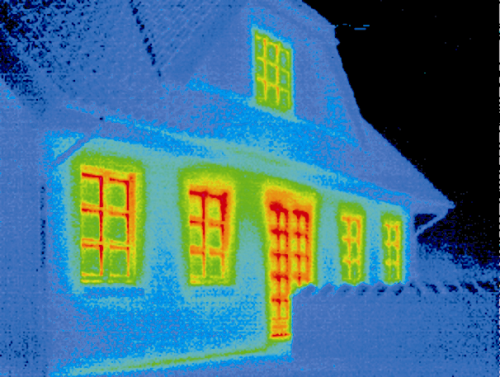
The project is a partnership between Fiberline Composites, which already produces high-insulation composite profiles, and the Civil Engineering and Mechanical Engineering departments of Aalborg University, all based in Denmark.
“Our goal is to achieve a technology shift by substantially enhancing the insulation performance of window frames and sills, while at the same time creating ultra-slim, high-strength windows, doors and facades that require no maintenance,” says Peter Thorning, Chief Innovation Officer at Fiberline Composites.
Fiberline states that the high strength and rigidity of composite relative to its weight enables the production of lightweight, attractive and elegant windows, doors and facades that provide the architect with considerable design freedom and also insulate effectively.
“The new technology will be made available to European manufacturers of windows, doors and facades who will be able to use it to produce windows that make it cheaper to insulate both new and existing buildings,” says Thorning. "They will also be able to create their very own design solutions."
The Danish National Advanced Technology Foundation (HTF) is providing funding of DKK 5.8 million to the research project over three years.
|


